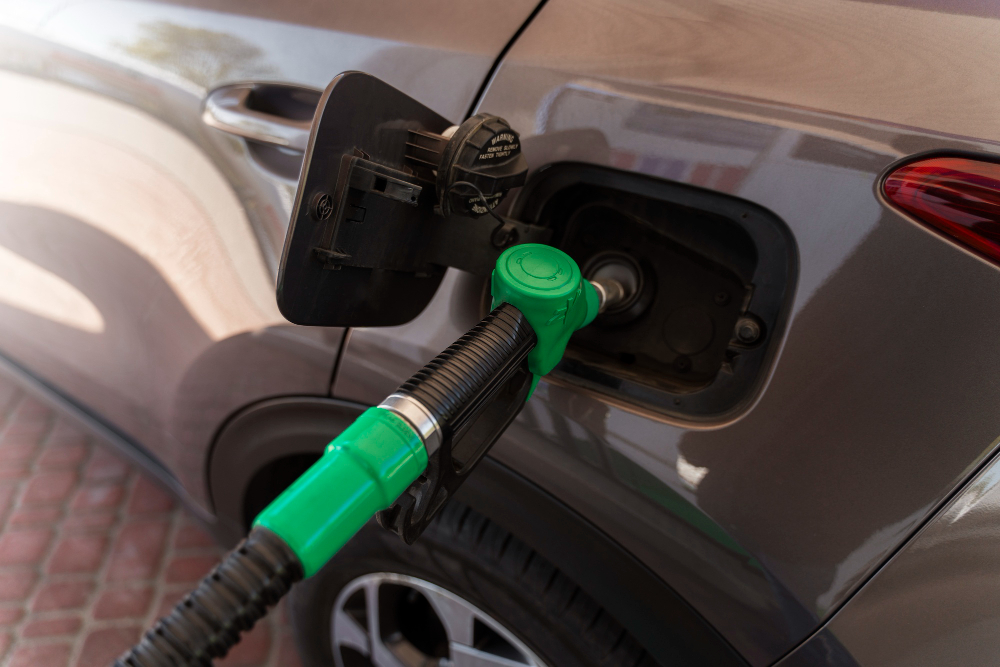When it comes to fueling a vehicle, most of us don’t think twice pull up to the pump, insert the nozzle, squeeze the handle, and fill up. But behind that simple process lies a surprisingly sophisticated piece of engineering: the fuel nozzle. Though often overlooked, fuel nozzles play a critical role in ensuring fuel is delivered safely, efficiently, and accurately — whether it’s at a gas station, on an aircraft, or in an industrial setting.
What Is a Fuel Nozzle?
A fuel nozzle is the component at the end of a fuel dispensing system that controls the flow of fuel from the pump into the tank. It may look like a basic pipe with a trigger, but it’s engineered with precision valves, sensors, and mechanisms designed to deliver the right amount of fuel at the right pressure — all while minimizing spillage and preventing overflows.
Common Applications
Fuel nozzles are found in various sectors:
- Automotive: Gasoline and diesel dispensers at service stations.
- Aviation: Refueling aircraft with specialized nozzles for jet fuel.
- Marine: Refueling boats and ships with larger volume flow.
- Industrial: Fueling heavy machinery and backup generators.
What Does a Fuel Nozzle Do?
At its core, a fuel nozzle:
- Controls the flow of fuel from the dispenser to the tank.
- Prevents overfilling and fuel spillage.
- Ensures the correct fuel type is delivered.
- Regulates fuel pressure and delivery speed.
Additional Key Features and Benefits
1. Vapor Recovery Systems
Many modern fuel nozzles come equipped with vapor recovery systems that capture fuel vapors during refueling. This helps prevent harmful hydrocarbons from escaping into the atmosphere, contributing to cleaner air and improved environmental safety.
2. Anti-Drip Spouts
Fuel nozzles often feature anti-drip tips or spouts that prevent excess fuel from dripping after the trigger is released. This helps reduce fuel wastage and minimizes the risk of fire or contamination.
3. Locking Mechanism
Some fuel nozzles come with a lock-on trigger, allowing users to fuel hands-free. This is particularly helpful in commercial or high-volume fueling stations, although safety regulations often dictate whether these can be used.
4. Ergonomic Handle Design
Comfort is also considered in nozzle design. Ergonomically designed handles reduce strain on the user’s hand, making them easier to operate over long periods, especially for truckers or in industrial settings.
5. Color Coding
Fuel nozzles are often color-coded to differentiate fuel types (e.g., green for diesel, black for gasoline). This visual cue helps reduce the chance of misfuelling — a costly and dangerous mistake.
Types of Fuel Nozzles
Fuel nozzles come in a variety of types based on application and fuel type:
- Automatic Fuel Nozzles: Used in consumer fueling stations, they shut off automatically when the tank is full.
- High-Flow Nozzles: Designed for trucks, buses, and industrial vehicles that require rapid fuel delivery.
- Aviation Nozzles: Specifically engineered to meet strict aviation safety standards and accommodate jet fuels like Jet A or Avgas.
- Manual Nozzles: Often used in farm or off-grid fuel tanks, where precise manual control is needed.
Safety Considerations
Fuel nozzles are designed with multiple safety layers:
- Back-pressure sensors for automatic shut-off.
- Non-return valves to prevent backflow.
- Grounding mechanisms (especially in aviation and fuel tankers) to prevent static discharge.
- Breakaway couplings, which allow the nozzle to detach safely if a vehicle drives off with it still attached.
Environmental Impact
Modern nozzles are part of broader efforts to make fueling more eco-friendly:
- Spill prevention reduces soil and water contamination.
- Vapor containment helps lower greenhouse gas emissions.
- Durable, recyclable materials reduce long-term waste and component failure.
Industries That Rely on Fuel Nozzles
- Automotive: Cars, trucks, and motorcycles.
- Agriculture: Tractors, harvesters, irrigation engines.
- Aviation: Commercial and military aircraft.
- Marine: Boats, ferries, and cargo ships.
- Construction & Mining: Excavators, loaders, and diesel generators.
Key Features of Modern Fuel Nozzles
1. Automatic Shut-Off Mechanism
One of the most important safety features is the auto shut-off valve, which stops fuel flow once the tank is full. This is done using a clever vacuum-based system that senses back pressure from the tank.
2. Flow Control
Fuel nozzles regulate the flow rate — too fast, and there’s a risk of splashback; too slow, and it becomes inefficient. Some nozzles are equipped with multi-speed triggers, giving the user more control.
3. Compatibility
Different fuels require different nozzles. Diesel nozzles, for example, are often wider than gasoline nozzles to prevent misfuelling. Similarly, aviation fuel nozzles have strict design standards to meet safety regulations.
4. Durability
Fuel nozzles must endure constant exposure to corrosive fuels, temperature extremes, and physical handling. They are typically made of aluminum, stainless steel, or high-grade polymers for durability and longevity.
Innovations in Fuel Nozzle Technology
With the rise of biofuels, hydrogen, and other alternative fuels, nozzle technology is evolving. For example:
- Hydrogen fuel nozzles include cooling systems and pressurization features.
- Electric vehicle charging nozzles (while not fuel nozzles in the traditional sense) are being designed with ergonomic and smart technology interfaces, borrowing from nozzle design principles.
Maintenance and Safety
Fuel nozzles require regular maintenance, especially in high-use environments. Damaged seals, worn triggers, or internal blockages can lead to fuel leaks, posing safety and environmental risks. Routine inspection and timely replacement are key to ensuring safe operation.
Conclusion
Though small in size, the fuel nozzle is a powerful example of mechanical design meeting real-world necessity. It’s a vital link in the chain that keeps vehicles moving, industries operating, and fuel being used safely and efficiently. Next time you fill up your tank, take a moment to appreciate the clever engineering behind that simple, sturdy handle.
